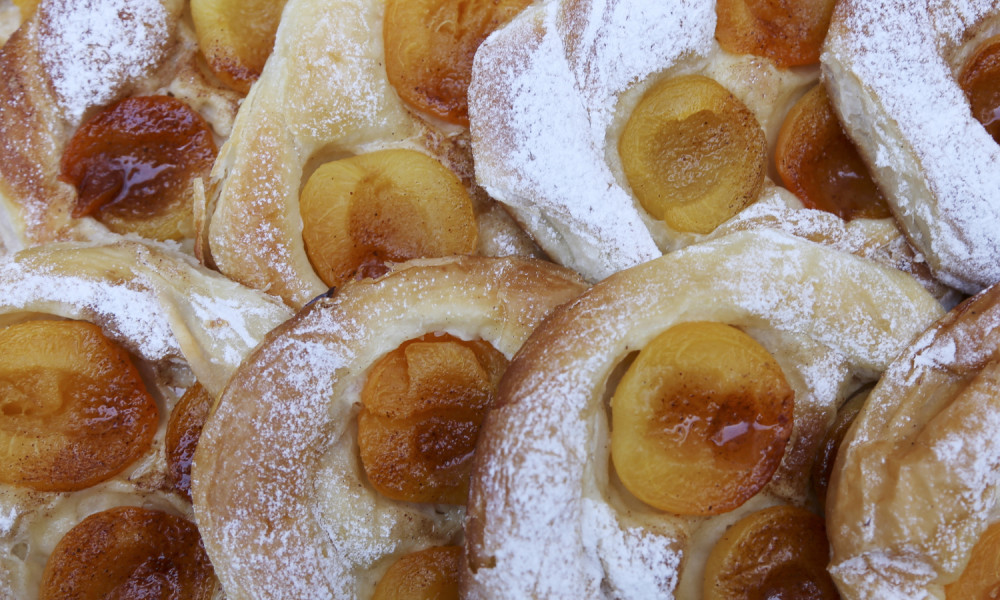At Ca’n Joan de S’Aigo we have always cared for our history with the same tenderness with which we work the dough, our ensaimadas and our pastries. Our story begins in 1700, and to understand it we must know the person who set it in motion: Joan Thomàs. In this article we explain who he was, why he opened his first shop next to the Church of Santa Eulàlia, and why in 1976 we decided to move the bakery to Carrer Can Sanç, preserving historical elements such as the hand-painted La Roqueta sign.
Who Joan Thomàs was: the origin of our craft
Joan Thomàs, a native of Valldemossa, is the founding figure of Ca’n Joan de S’Aigo. Around 1700 he opened a shop beside the Church of Santa Eulàlia, initially dedicated to selling pressed ice brought from the snow houses of the Serra de Tramuntana. From that ice and the founder’s ingenuity came the first mixes that would become the seed of artisanal ice cream in Palma. Thomàs travelled around Europe searching for recipes to enrich the shop’s offer — an early sign of his commitment to quality and innovation.
Why the original shop was next to Santa Eulàlia
The original location was no accident: in that era the squares and surroundings of churches were hubs of social life. Selling ice —a highly prized commodity before refrigeration— and preparing refreshing drinks or sorbets made perfect social and economic sense there. That first chapter of the business ties directly to Palma’s collective memory and to the tradition of the snow houses in the Tramuntana, where snow was stored for summer consumption.
The move to Can Sanç (1976): continuity and adaptation
In 1976, under the direction of Antoni Martorell Guasp, the business was permanently relocated to Carrer Can Sanç. The move responded to the need to adapt the bakery to new production and service requirements without breaking the ties to our roots.
The relocation allowed us to professionalize processes and expand the offer —hot chocolate, signature ice creams such as almond, ensaïmadas and other traditional pastries— while always preserving the identity that defines Ca’n Joan de S’Aigo.
Moving did not mean forgetting. We brought with us material remains that serve as bridges between our history and the present: the hand-painted La Roqueta sign, the hydraulic tiles and the period furniture are pieces we keep with care at Can Sanç. These elements help make every visit a walk through Palma’s memory: customers don’t just taste an ice cream or an ensaïmada —they read history in the space of our three locations.
What this means for Palma and for us
The relocation and the continuity of the house symbolize something very Mallorcan: to endure while staying true to the craft. Preserving recipes, fermentation times and artisanal procedures has always been our way of remaining relevant without giving up authenticity. For the city, Ca’n Joan de S’Aigo is today a reference for tradition —a place where Palma’s residents and visitors find flavours with history— and the move from Santa Eulàlia to Can Sanç is, in our memory, a relocation that ensured the survival of the craft.
Visit Ca’n Joan de S’Aigo and discover how a move could become the best gesture to preserve a legacy. At Ca’n Joan de S’Aigo we continue to do what our ancestors taught us: work with patience, offer the best of the island and always save a moment for a pause.



